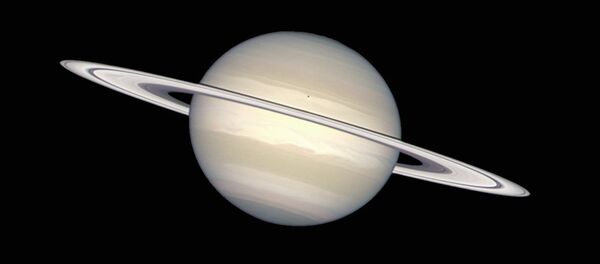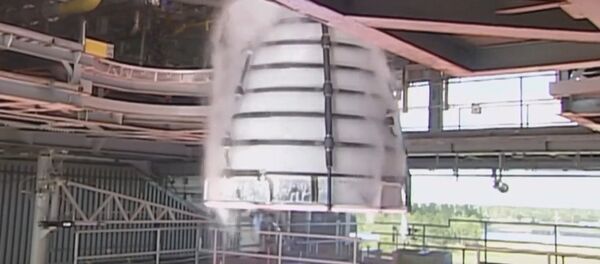Last year, NASA identified hydrated salt in the so-called recurring slope lineae (RSL), dark streaks that appear on the Martian surface every spring-summer season. That discovery added evidence to a 2011 theory, stating that RSL is a marker of liquid water under the Red Planet’s surface.
Seasonal dark streaks on Mars don't hold much water, according to new findings. More: https://t.co/v2C74C4qVt pic.twitter.com/0r3d7ktW4c
— NASA (@NASA) August 24, 2016
However, temperature measurements made by the Mars Odyssey mission using the Thermal Emission Imaging System (THEMIS) showcased that the concentration of water in RSL spots is comparable to that of the Atacama Desert and Antarctic Dry Valleys, considered the driest places on Earth.
Ordinarily, the speed that the ground warms and cools directly correlates with the amount of water present between particles of soil or grains of sand. Edwards and Piqueux found that RSL features have nearly zero effect on temperature shifts.
"We used a very sensitive technique to quantify the amount of water associated with these [RSL] features," Edwards said.
"The results are consistent with no moisture at all and set an upper limit at three percent water," he said, indicating that the Martian soil could contain a maximum of 3 grams of water per kilogram of soil.
Nonetheless, it has not been determined what precisely the RSL is, and how it forms.
"Some type of water-related activity at the uphill end still might be a factor in triggering RSL, but the darkness of the ground is not associated with large amounts of water, either liquid or frozen," Edwards said. "Totally dry mechanisms for explaining RSL should not be ruled out."



